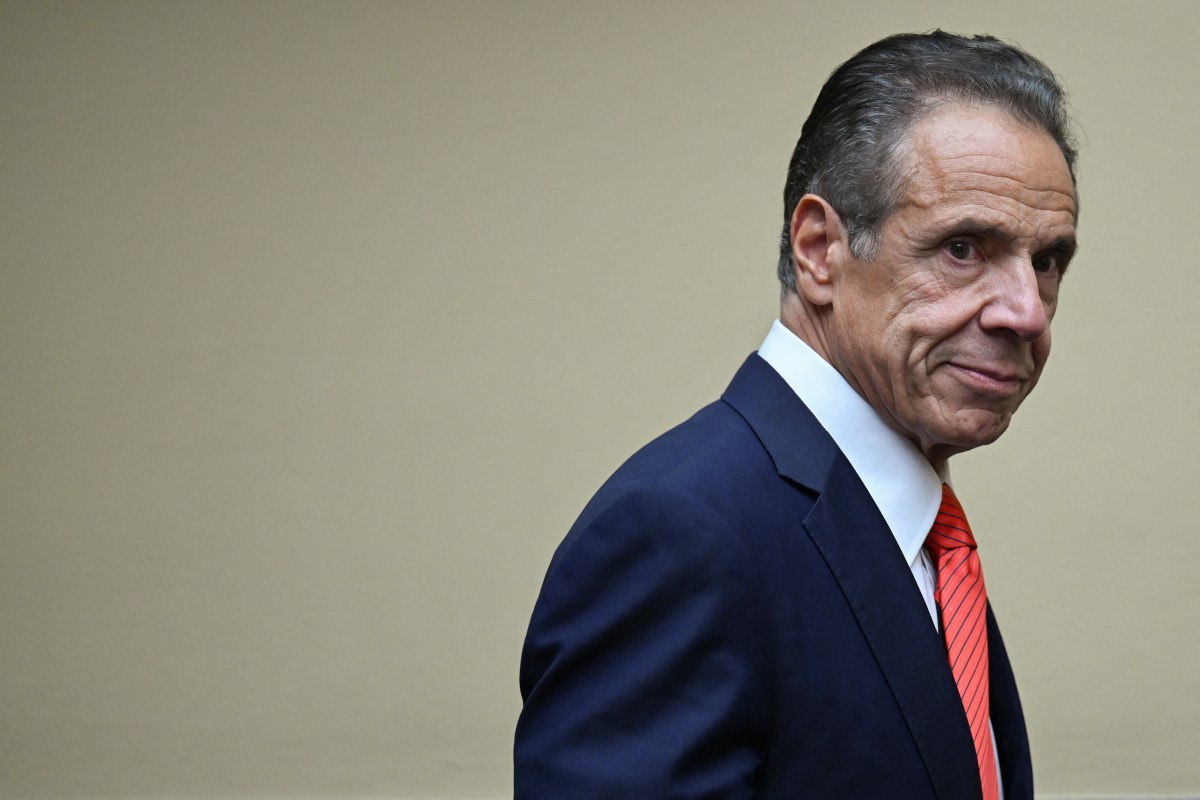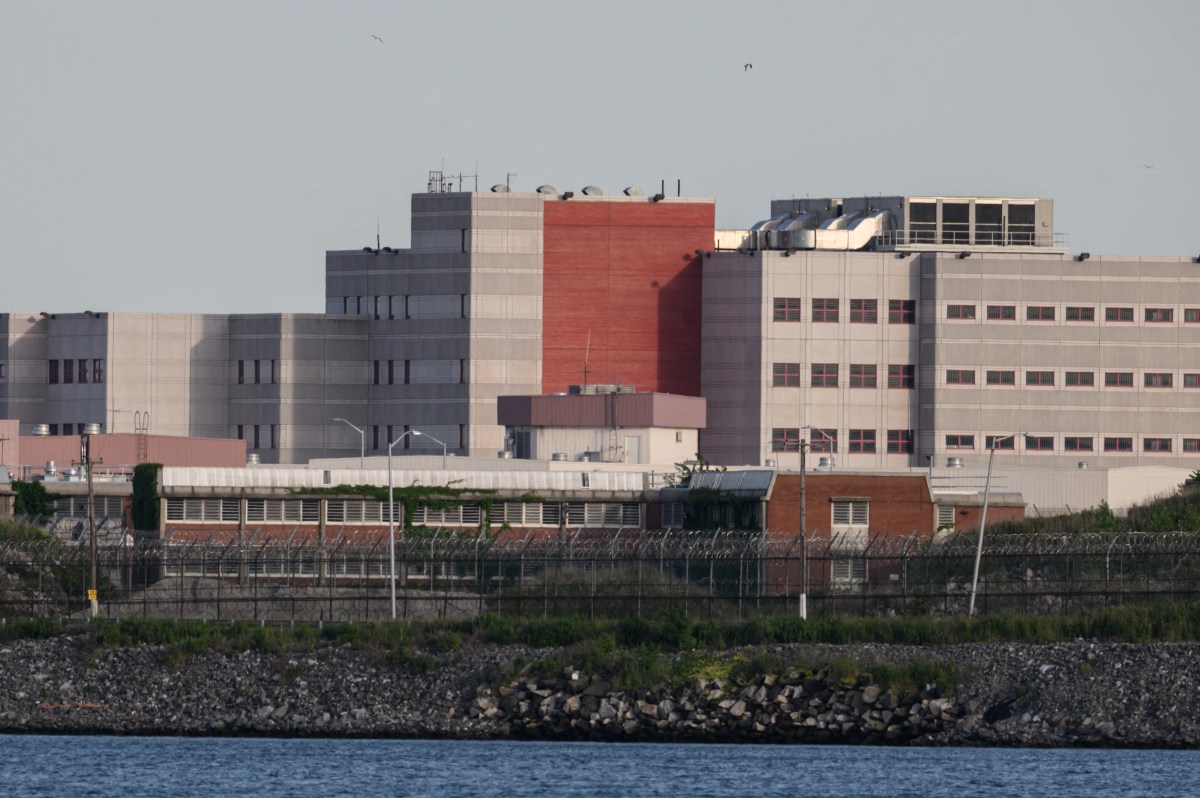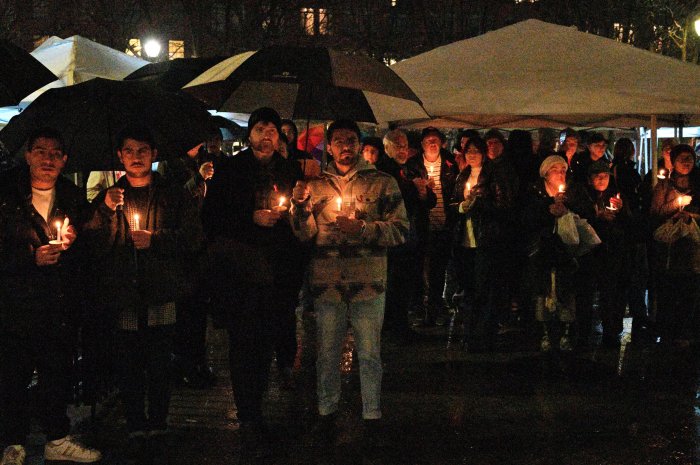While much of the world has Christmas in the rearview mirror by now, people in some Eastern Orthodox traditions will celebrate the holy day on Sunday.
Certain Eastern Orthodox churches, including those in Russian and other traditions, follow the ancient Julian calendar, which runs 13 days later than the Gregorian calendar, used by Catholic and Protestant churches as well as by much of the secular world for everyday use.
Other Orthodox, including those in the Greek tradition and, now, some Ukrainian churches, celebrate Christmas on the same date as Western churches.
Technically, there aren’t. All Eastern Orthodox agree that Dec. 25 is the date of Christmas, or the Feast of the Nativity, as they call it. The question is whether Dec. 25 falls on Dec. 25 or Jan. 7. That requires a little unpacking.
The ancient church set its religious feasts based on the Julian calendar, but after more than a millennium, that calendar had increasingly gotten out of alignment with the solar year. Sixteenth century Pope Gregory XIII approved a revised, more astronomically precise calendar, which bears his name. It abruptly shifted the calendar several days forward to make up for lost time (literally) and added a more precise calculation of leap years. Protestant churches eventually followed the Catholic lead in adopting the calendar, as did secular governments.
All Eastern Orthodox kept to the old calendar until 1923, when an inter-Orthodox gathering adopted a revised Julian calendar that essentially mirrors the Gregorian. Most (but not all) churches in the Greek Orthodox tradition have adopted this, as have those in Romanian, Bulgarian and other traditions.
But the Russian Orthodox Church, the largest communion in Eastern Orthodoxy, has stayed on the old calendar, observing Christmas on Jan. 7 on the new calendar, as have Serbian, Georgian and some other Orthodox.
In Ukraine, which traditionally has observed Christmas on Jan. 7, the matter has taken on political dimensions in a time of war and schism. The government of Ukraine declared Dec. 25 to be Christmas in an assertion of national identity and cultural independence from Russia and its associations with the later date. The newer Orthodox Church of Ukraine, which received recognition from the Ecumenical Patriarch of Constantinople in 2019, observed Christmas on Dec. 25. The Ukrainian Orthodox Church — which claims independence but has historic ties to Moscow and faces an effective ban in pending legislation — is observing Christmas on Jan. 7.
In the United States, observances vary — even within traditions. Churches in the Greek and Antiochian traditions, along with the Orthodox Church in America, observed Christmas on Dec. 25. Some churches in the Slavic tradition, including Serbian and smaller Russian churches, will observe it Jan. 7.
In the small American Carpatho-Russian Orthodox Diocese of North America — with roots in present-day Ukraine and Slovakia — parishes can choose their date. About a third are on the new calendar.
“I have the difficulty or excitement of celebrating twice,” said its leader, Metropolitan Gregory of Nyssa, based in Johnstown, Pennsylvania. Some parishes are observing Theophany (Epiphany) on Saturday, marking Jesus’ baptism, while others will be celebrating his birth the following day.
Traditions vary, but typically the big worship service is the night before — this year on Saturday night. In Serbian Orthodox churches, worship often begins with a short outdoor ceremony involving the burning of an oak branch or young oak tree, accompanied by a full-throated proclamation of the birth of Christ.
Associated Press religion coverage receives support through the AP’s collaboration with The Conversation US, with funding from Lilly Endowment Inc. The AP is solely responsible for this content.




















